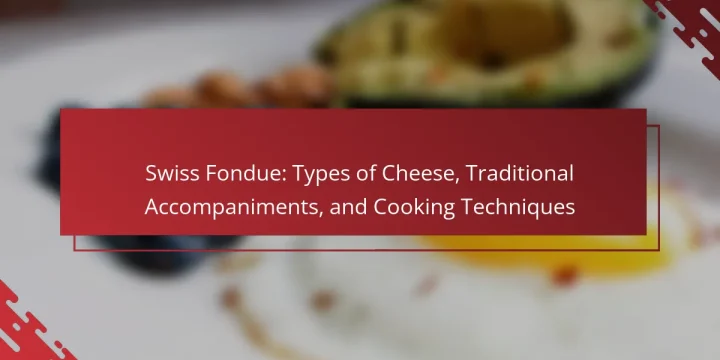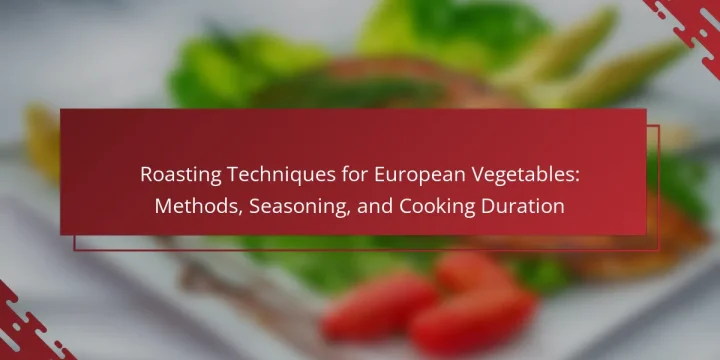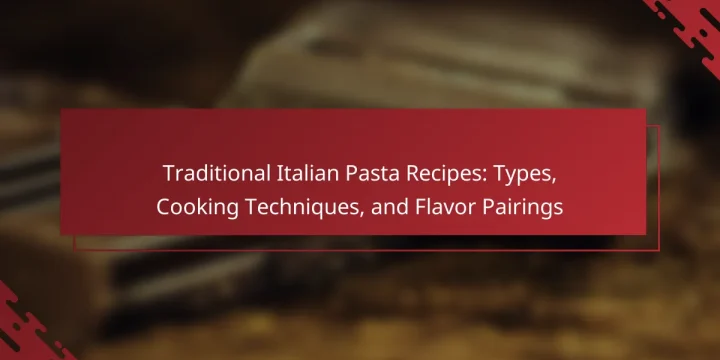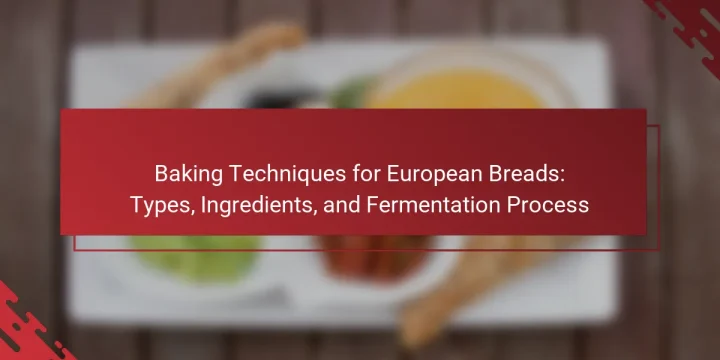
Swiss fondue is a traditional dish that features melted cheese, primarily using Gruyère and Emmental varieties, known for their distinct flavors and textures. The preparation involves combining grated cheese with white wine and garlic, resulting in a creamy, smooth consistency ideal for dipping bread and vegetables. This dish originated in the Alpine regions of Switzerland and has become a symbol of warmth and togetherness, often enjoyed during social gatherings and celebrations. The article will explore the types of cheese used in Swiss fondue, traditional accompaniments, and the cooking techniques that ensure a successful fondue experience. What is Swiss Fondue? Swiss fondue is a traditional Swiss dish made by melting cheese and served in a communal pot. It typically uses a blend of cheeses such as Gruyère and Emmental. The melted…








